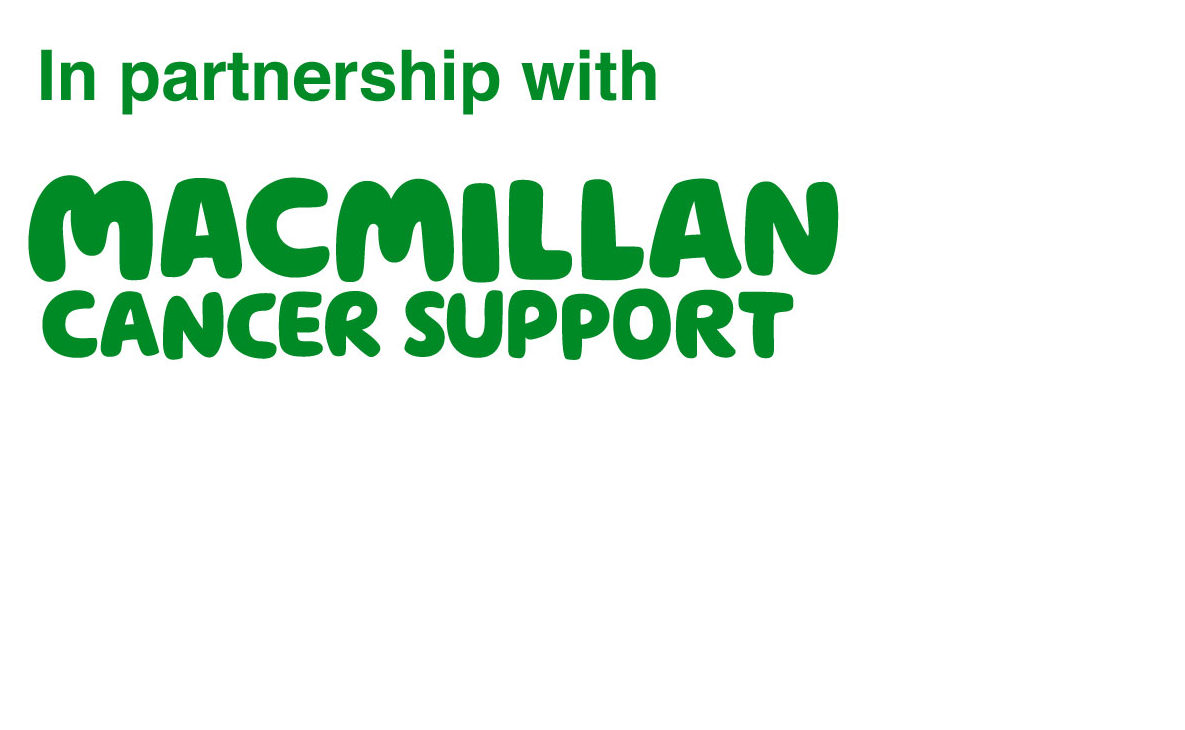Radiotherapy induced skin reactions
Questions
- Is the area red and/or Itchy?
- Is the area swollen?
- Is the area wet or dry?
- Is there any exudate? What colour is it?
- Is there any bleeding and/or ulceration?
- Are they on chemotherapy as well?
- Do they feel generally unwell? Any systemic signs of infection?
- Are they in Pain?
Grade 1 (Green)
Faint or dull erythema; dry desquamation
Advice
Question for signs of infection and assess risk of neutropenia as per local guidelines
Promotion of measures to improve comfort
Protection of the skin from further trauma
Seek advice/see guidelines for suitable dressings if needed.
Use analgesia as per WHO guidelines if needed.
Advise to re contact AOS if symptoms persist or worsen
Grade 2 (Amber)
Tender or bright erythema without dry desquamation
Advice
Question for signs of infection and assess risk of neutropenia as per local guidelines
Promotion of measures to improve comfort
Protection of the skin from further trauma
Seek advice/see guidelines for suitable dressings if needed.
Use analgesia as per WHO guidelines if needed.
Advise to re contact AOS if symptoms persist or worsen
Grade 3 (Red)
Patchy moist desquamation; oedema
Advice
Initial management as per Grade 1 & 2
Question for signs of infection and assess risk of neutropenia as per local guidelines.
Admit for IVAB if signs of cellulitis or systemic infection
Seek advice from wound care nurses on appropriate dressings
Grade 4 (Red)
Confluent moist oedema; pitting oedema. Ulceration and necrosis.
Advice
Initial management as per Grade 1 & 2
Question for signs of infection and assess risk of neutropenia as per local guidelines.
Admit for IVAB if signs of cellulitis or systemic infection.
Seek advice from wound care nurses for appropriate dressing
Seek advice from clinical oncologist if ulceration and necrosis
Handover management with patient’s team, discuss all interruptions of treatment with team +/- AOS prior to proceeding.
Arrange follow up review as necessary.
Initial assessment – patient seen in AOCU
- History of complaint
- Assess contributing factors; age, nutritional status, smoking and alcohol intake
- Remove any current dressings and examine area of complaint
- Assess affected area for signs of local infection.
- Assessment of fluid balance status (BP, pulse etc..) and signs of systemic infection
- Check bloods – Renal function, FBC, CRP. Do blood cultures if any signs of systemic infection
Treatment
Topical
Use aqueous cream for Grade 1 and 2 reactions: apply as needed, but at least BD
Grade 3 or 4 do not use aqueous cream but see dressing guidance
Grade 2 – Hydrocortisone cream 1% can be used sparingly to reduce itching
Dressings
Use of dressings should be discussed with the tissue viability team but below can be used for immediate management.
Hydrogel with a hydrocolloid or alginate dressing for Grade 2-4 skin reactions.
Analgesia
Radiotherapy induced skin reactions can be very painful and its important to make sure that the patient has adequate pain relief. Analgesia should be prescribed using the WHO analgesia Ladder (see Appendix).
Any wounds that you think may be infected should be swabbed and sent for MC&S. Discuss immediate (pre swab results) antibiotic therapy with patient’s oncology team or microbiology.
For Grade 1 and 2 reactions educate the patient to moisturise regularly, protect the skin from further trauma and reduce the potential for further exacerbation of the skin reaction.
- Perfumed lotions and bath products can exacerbate reactions and should be avoided and toiletries and skin care products should be colour-, fragrance- and soap-free.
- Avoid very hot baths.
- Loose cotton clothing is usually suggested.
- Maintaining a good healthy diet and drinking plenty of fluids will also help with the healing process.
